There is some common confusion regarding agm batteries because different manufactures call them by different names they are also known as dry cell sealed lead acid and non spillable usually when consumers ask for a gel cell they mean agm.
Is a gel cell battery wet or dry.
Agm batteries are safer and more durable when being moved from place to place but can easily be ruined during the charging process.
A dry cell uses a paste electrolyte with only enough moisture to allow current to flow.
The recharge voltages on this type of cell are lower than the.
Unlike a flooded wet cell lead acid battery these batteries do not need to be kept upright.
Agm batteries or dry cell batteries are the newest type of battery and can be substituted for wet cell batteries.
You ve got flooded lead acid and sealed lead acid batteries and the latter group can be broken down into agm absorbent glass mat and gel batteries.
They are deep cycle batteries which means that they can discharge more and still be recharged like new.
The key difference between dry cell and wet cell is that in dry cells either a porous container or mixing with a gel medium restrains the flow of electrolyte whereas wet cells have a fluid and the fluid is free to move.
Other names are flooded cell since the liquid covers all internal parts or vented cell since gases produced during operation can escape to the air.
While the benefits of a gel battery are pretty hefty so is the price tag.
The cons the price.
A modern gel battery also known as a gel cell is a vrla battery with a gelified electrolyte.
A gel batteries electrolyte is gel like and immobile.
Many people looking to switch from wet cell to gel batteries see this as the biggest drawback.
A wet cell battery has a liquid electrolyte.
A device that can produce an electromotive force and subsequently a current as a result of a chemical reaction is known as a cell.
Gel batteries reduce the electrolyte evaporation spillage and subsequent corrosion issues common to the wet cell battery and boast greater resistance to.
Unlike a flooded wet cell lead acid battery these batteries do not need to be kept upright.
This article will focus on the differences between the main lead acid battery types used in the solar industry.
The gel cell battery is similar to the agm battery style because the electrolyte is suspended but different because technically the agm battery is still considered to be a wet cell.
The modern version was developed by japanese yai sakizo in 1887.
A dry cell is a type of electric battery commonly used for portable electrical devices it was developed in 1886 by the german scientist carl gassner after development of wet zinc carbon batteries by georges leclanché in 1866.
The electrolyte in a gel cell battery has a silica additive that causes it to set up or stiffen.
Every battery type has a different purpose and use case so let s go over the pros and cons of each.
The sulfuric acid is mixed with fumed silica which makes the resulting mass gel like and immobile.



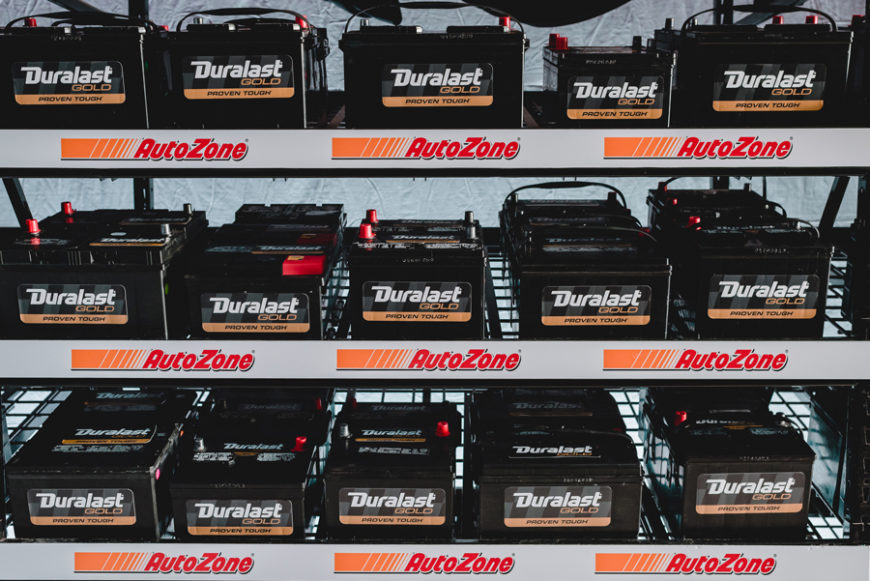


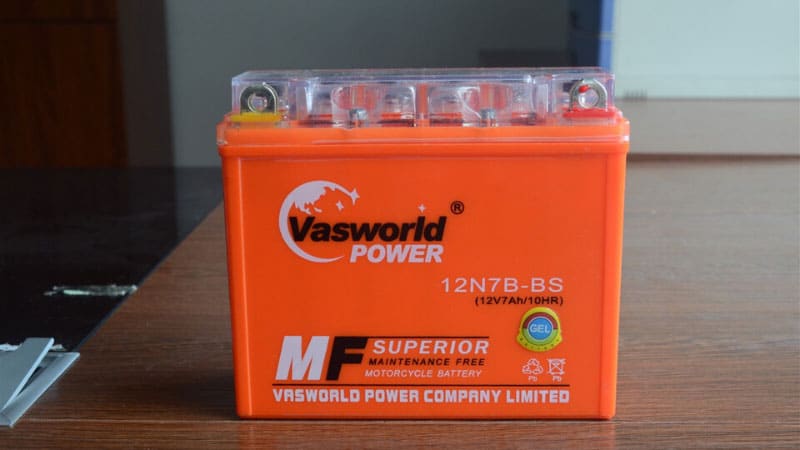

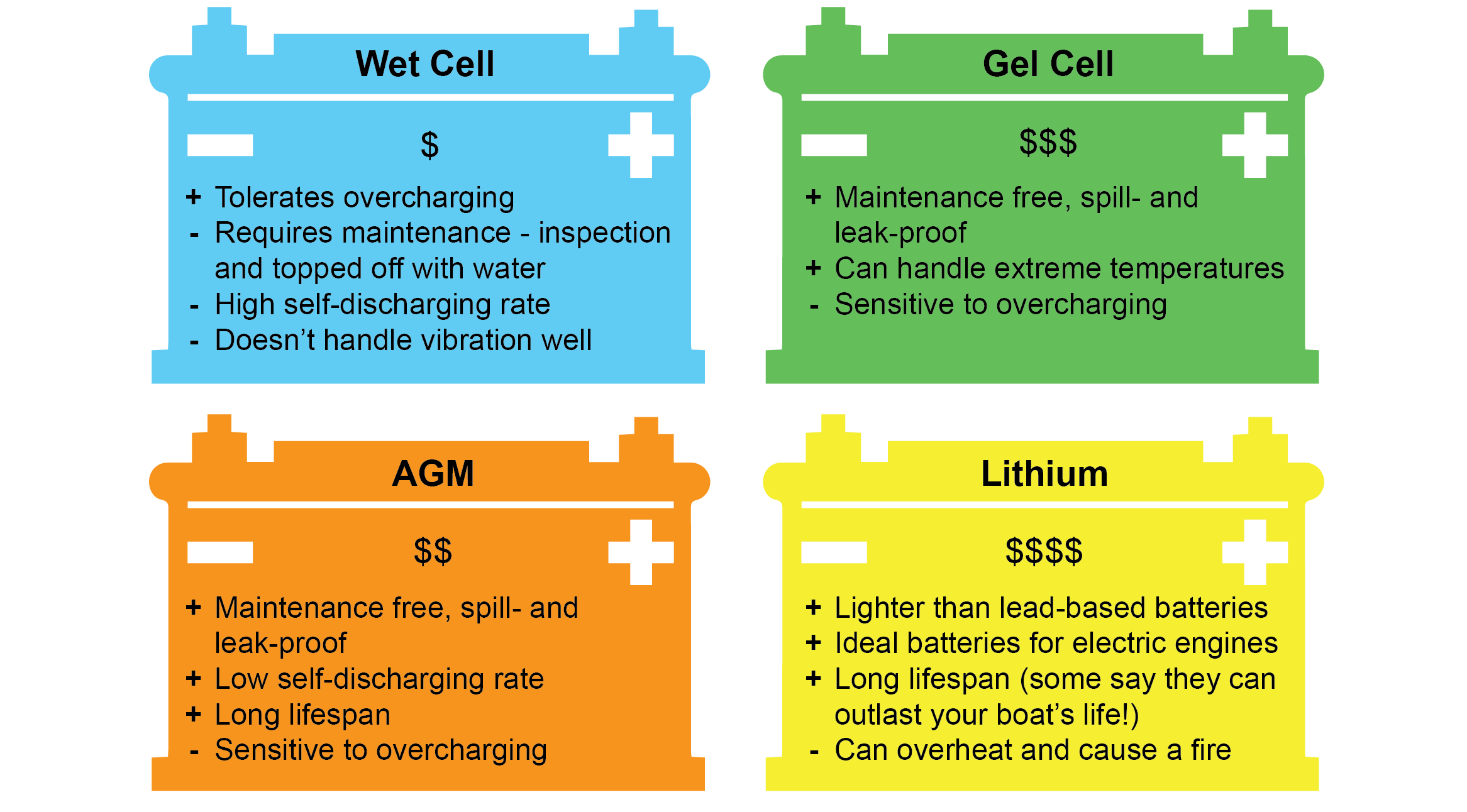
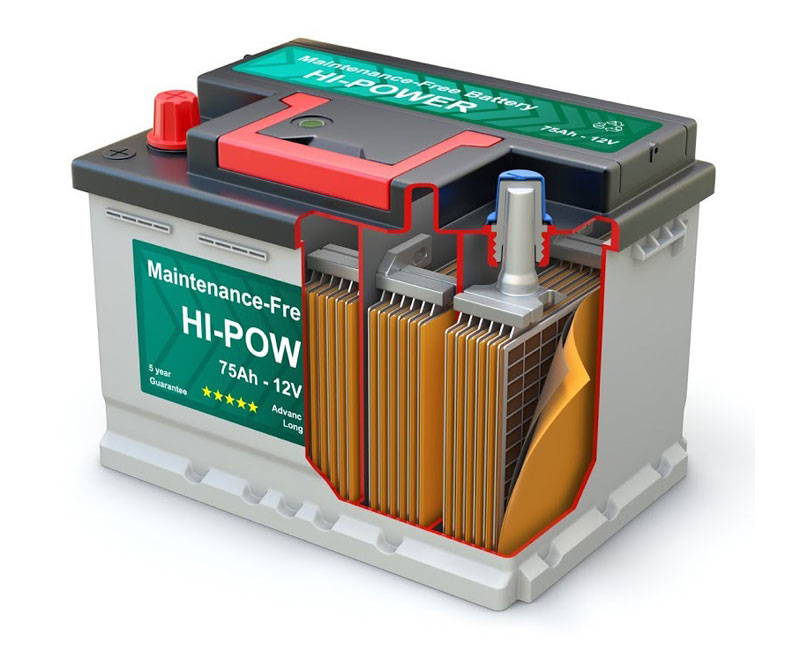


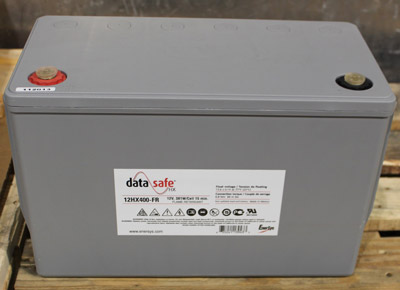









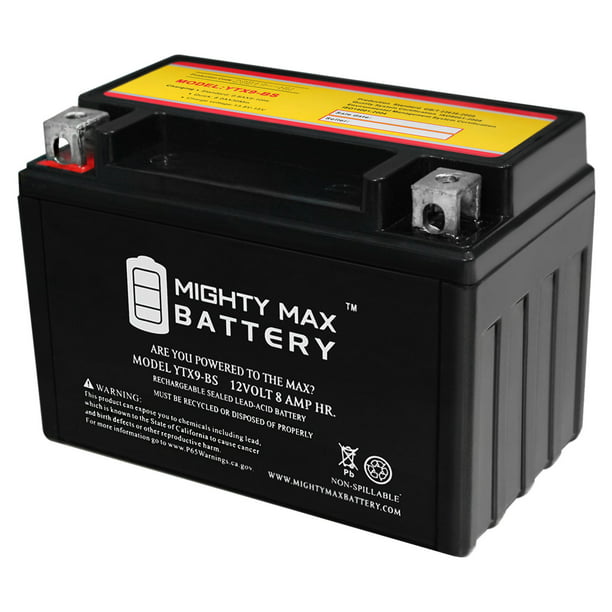









.jpg)














